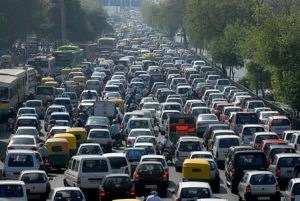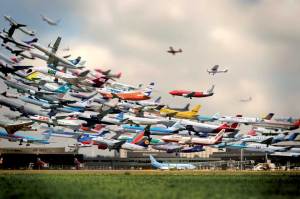
Photo by Goran Mehkek / Cropix, source: index.hr
A few days ago the ambassadors of Denmark and Sweden took part in an opening ceremony of a photo exposition showing how cycling became a fundamental part of Danish culture and life. Exactly one day before the event footways in the area were decorated with a few hundred meters of fresh paint in the form of a bike path. The bike path was so useless and obviously done with no planning to speak of that it immediately became a laughing stock, both for the media and citizens: it was so obviously bad that the mayor felt forced to admit it, to say that that the responsible people will be sanctioned and that the city will have to fix it.
A few weeks ago, a cyclist protest took place in front of a police station: the cyclists were there to demand that the city council and police come to some sort of a solution about bike lanes and driving on footways. When the group of about a thousand cyclists got there, to their surprise, they could see a few hundred meters of what looked like freshly painted bike lanes on the footways in front of the police building. The only difference between the new strips of yellow paint and proper bike lanes was Nastavi čitati “In Loving Memory of Potemkin”




